Does an oscillating fan use a lot of electricity? Experts reveal their top tips to beat the heat while saving on running costs
Stay cool at home while being savvy


An electric fan is easily the tried and tested heatwave solution we always find ourselves turning back to. However, as temperatures continue to reach soaring figures and our fans see a lot of use, it's only natural that you might question whether an oscillating fan uses a lot of electricity.
While it's a given that the best fans will more or less always be the more energy-savvy way of staying cool during the hot weather – especially compared to the likes of a portable air conditioner – when you're leaving an oscillating fan on for hours at a time it might leave you wondering if it's still the most eco-conscious option.
Thankfully, you'll be happy to hear that the cost of running a fan (despite long hours) shouldn't set you back more than pennies for the most part so long as you're not running them for excessive periods.
But of course, with the price of energy bills always ticking on our minds, we've asked energy experts to break down how much an oscillating fan costs to run as well as how to save on running costs this summer.

Does an oscillating fan use a lot of electricity?
'The amount of power used for an oscillating fan will depend on factors, such as its size, the speed it is set, and its running time,' begins James Longley, managing director at Utility Bidder. 'A typical fan can use around 25 watts of power for a small size, with larger ones using around 125 watts.'
For example, an average 18-inch bladed floor fan can use up to 110 watts (0.11kW) when run at full speed. So, if you're paying roughly 25p per kWh for energy (as per the most recent energy price cap), it'll cost you just under 3p an hour to run. Therefore, over 10 hours of run time will subsequently cost you just under 28p to run with a full 24 hours costing you just under 65p.
While this may seem pretty menial at first glance (and a price worth paying to keep a bedroom cool when it's warm out), if you're running this fan for 24 hours every single day for a month, this can potentially add up to £20.05 to your monthly energy bill total.
Granted, it's a little unrealistic to leave a fan running for that long without any breaks, but we think this helps to visualise just how much it could potentially cost you throughout the summer months to stay cool.

How to save on fan running costs
Luckily, Andy Kerr, founder of BOXT assures that this cost can be lowered if you are strategic with your fan and utilise their strengths.
'Many will keep their fans in storage during the colder months. However, this means they will have accumulated a lot of dust once you get them out – reducing their efficiency,' notes Andy. 'Before switching them on, be sure to remove any dust from the blades and any other surfaces before using your fan to boost their efficiency.' Besides, it's never a bad idea to clean a fan periodically anyway.
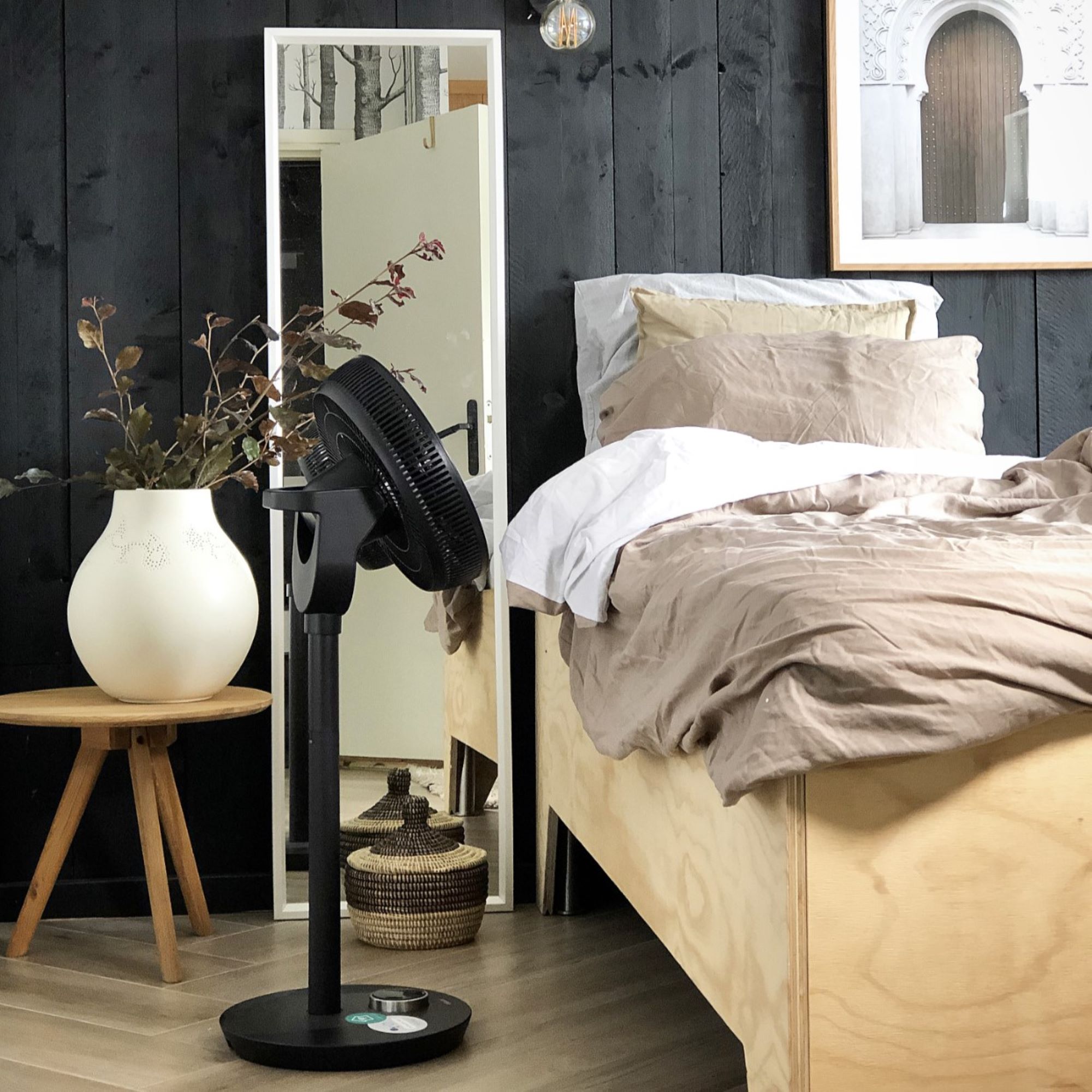
In terms of actually using a fan, James recommends turning the fan off when you are leaving the room it is in to help you save energy at home.
Since fans don't actually lower the temperature of a room but rather just cool the person (unlike an air conditioner which does actively cool a room), it's a little pointless to keep it running when nobody is occupying the space.
'Another option is, rather than increase the speed of the fan, place a bowl of icy water in front of it, this will cause small cold water droplets to circulate the room and therefore cool the room faster,' adds James. If you opted for a fan when debating between a fan vs air conditioner, doing this is almost akin to a similar cooling experience an AC unit provides if you need the extra boost.
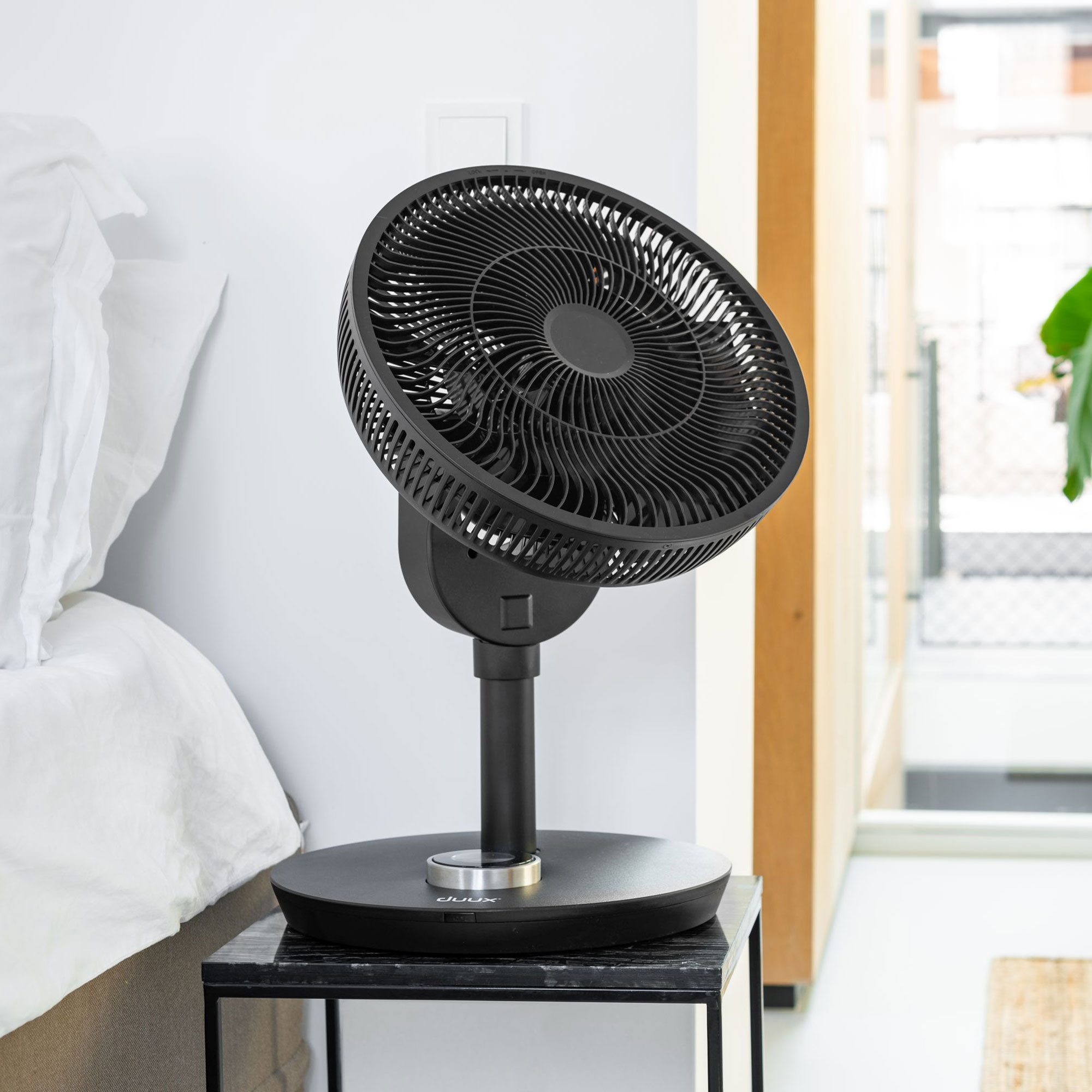
'Since heat rises, the coolest air in your house is going to be at floor level, so set your fan on the ground floor and point it upwards,' advise OVO Energy's experts. 'Position it so it points upwards towards the opposite wall, with no large objects in the way. This will bounce the cooler air back into the room, to cool the overall temperature.'
Alternatively, strategically positioning your fan by a window will also increase its efficiency.
Shop oscillating fans
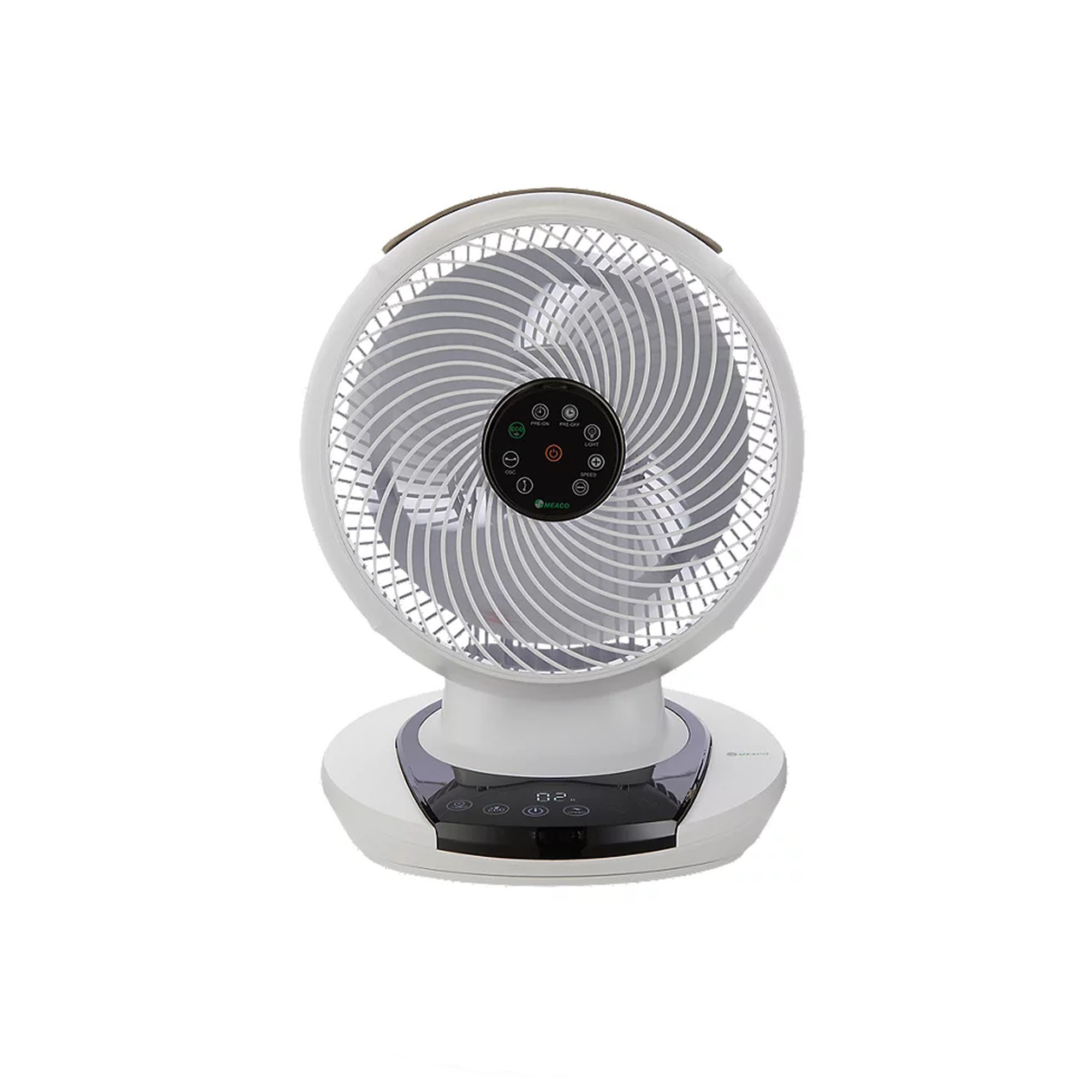
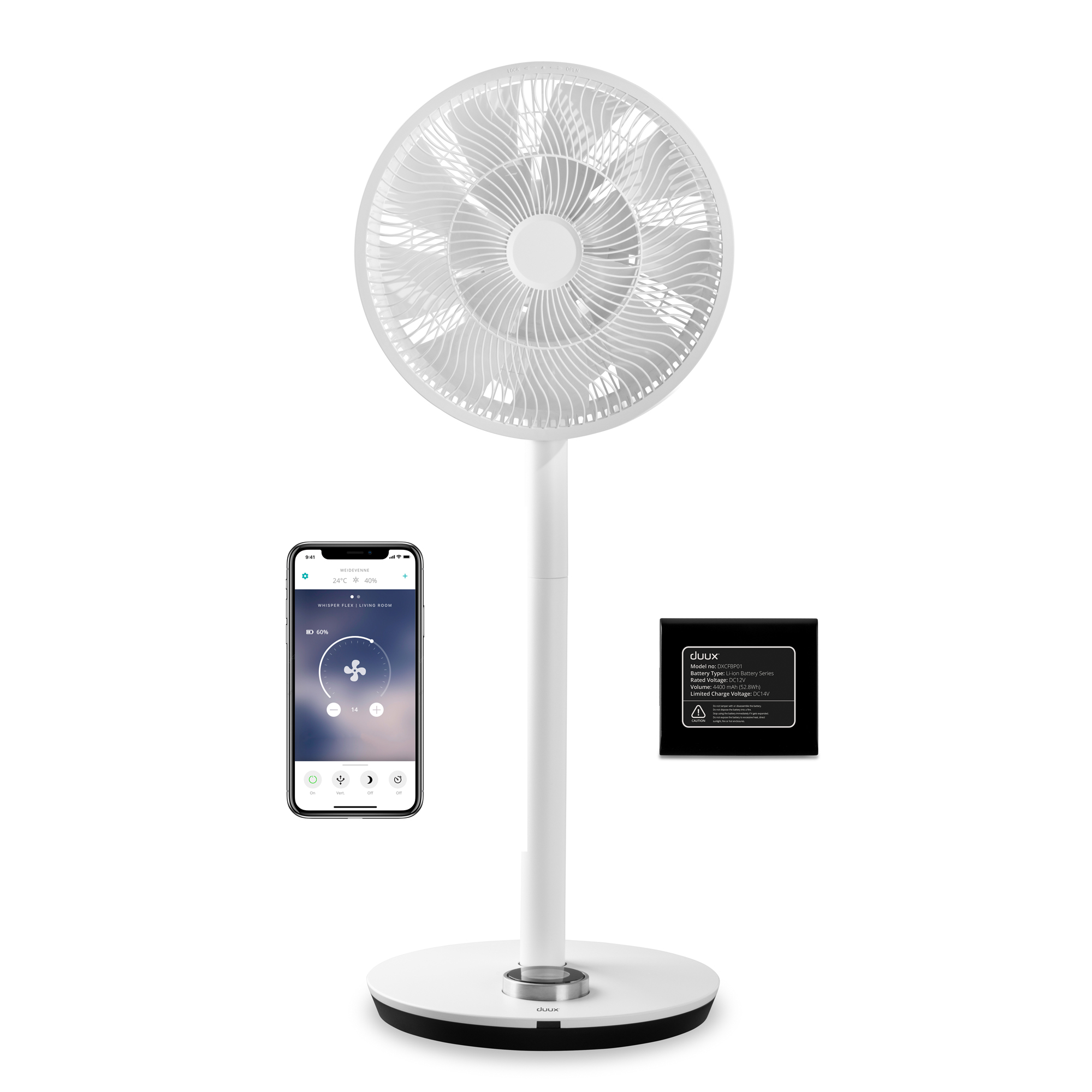
So, while an oscillating fan doesn't typically use a lot of electricity, its cost to run will inevitably jump during heatwaves and hotter months of the year.
However, by investing in an energy-efficient model and keeping the above energy-saving tips in mind, you can do your part to keep costs down without sacrificing the relief of cooling comfort.
Get the Ideal Home Newsletter
Sign up to our newsletter for style and decor inspiration, house makeovers, project advice and more.

Jullia was Ideal Home’s Junior Writer from 2022-2024 and the Ideal Home Certified Expert in Training on Vacuums having spent over 60 hours testing different models. She’s always loved all things homes and interiors, graduating with a bachelor’s degree in Architectural Studies from the University of Nottingham where her love for writing blossomed following her internship at ArchDaily. Now focused on home tech and cleaning, Jullia works on writing features and explainers to help people make the most of their home appliance investments, putting the newest launches through their paces. When she isn’t writing, she loves exploring the city, coffee shop hopping, and losing hours to a cosy game or book.
-
 Will a conservatory add value to your home and how can you maximise it?
Will a conservatory add value to your home and how can you maximise it?This is what the pros say
By Amy Reeves
-
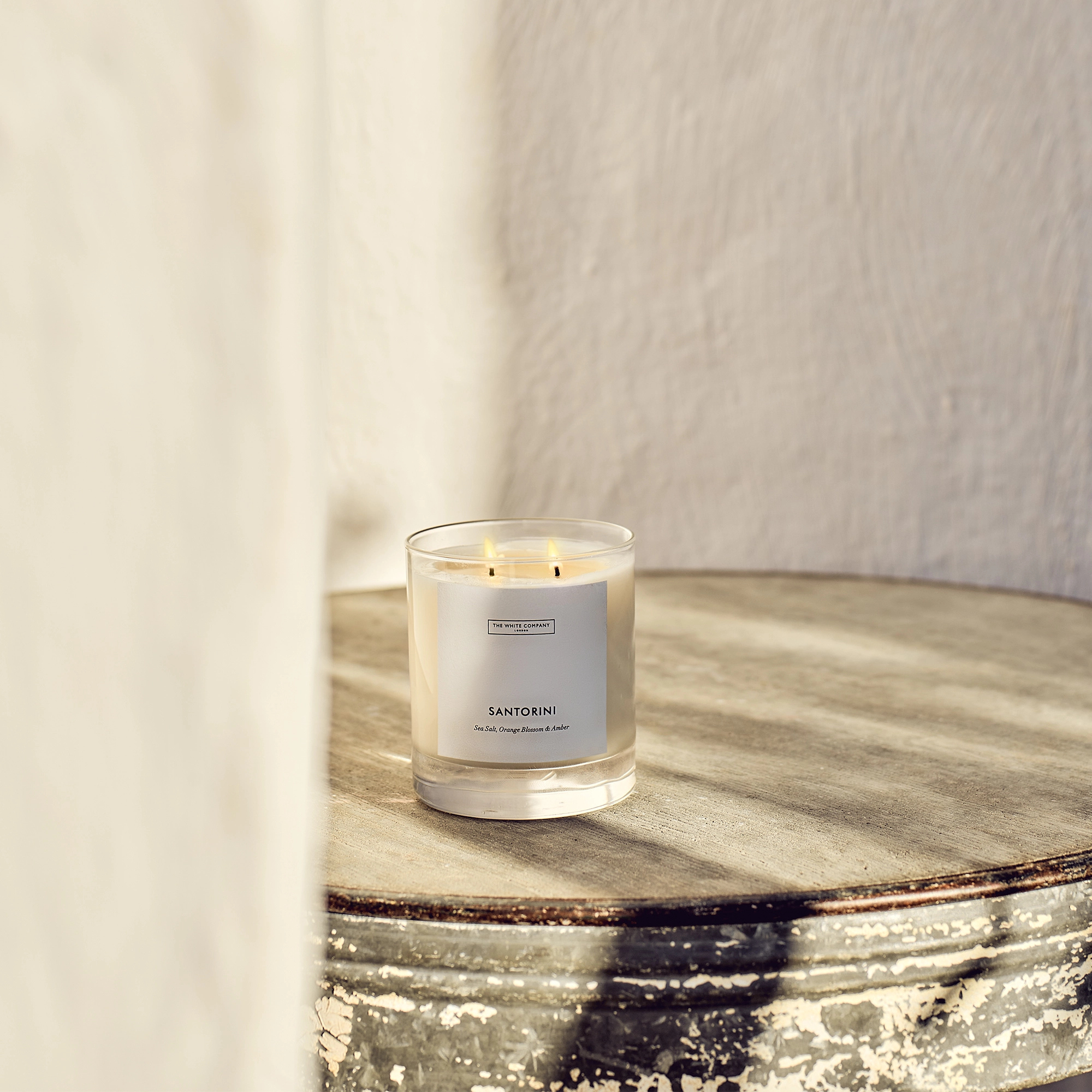 I’ve been looking for a new signature scent for my home and The White Company's new fragrance is the exact summer holiday smell I needed
I’ve been looking for a new signature scent for my home and The White Company's new fragrance is the exact summer holiday smell I neededSantorini smells fresh, summery and sophisticated
By Kezia Reynolds
-
 How to remove algae from garden walls in five steps – and the cleaning product experts rave about for tackling it fast
How to remove algae from garden walls in five steps – and the cleaning product experts rave about for tackling it fastExperts share their top tips for getting garden walls algae-free
By Katie Sims
-
 Aldi is releasing a budget alternative to the cult Joseph Joseph washing up bowl – it’s just £4.99
Aldi is releasing a budget alternative to the cult Joseph Joseph washing up bowl – it’s just £4.99The Joseph Joseph washing up bowl is an Ideal Home favourite - now we can't wait to try Aldi's alternative
By Kezia Reynolds
-
 I just bought my first home, and this £10 buy was the very first thing I bought for it to make it feel warmer and secure
I just bought my first home, and this £10 buy was the very first thing I bought for it to make it feel warmer and secureIf I did it all again, this would still be my very first buy
By Rebecca Knight
-
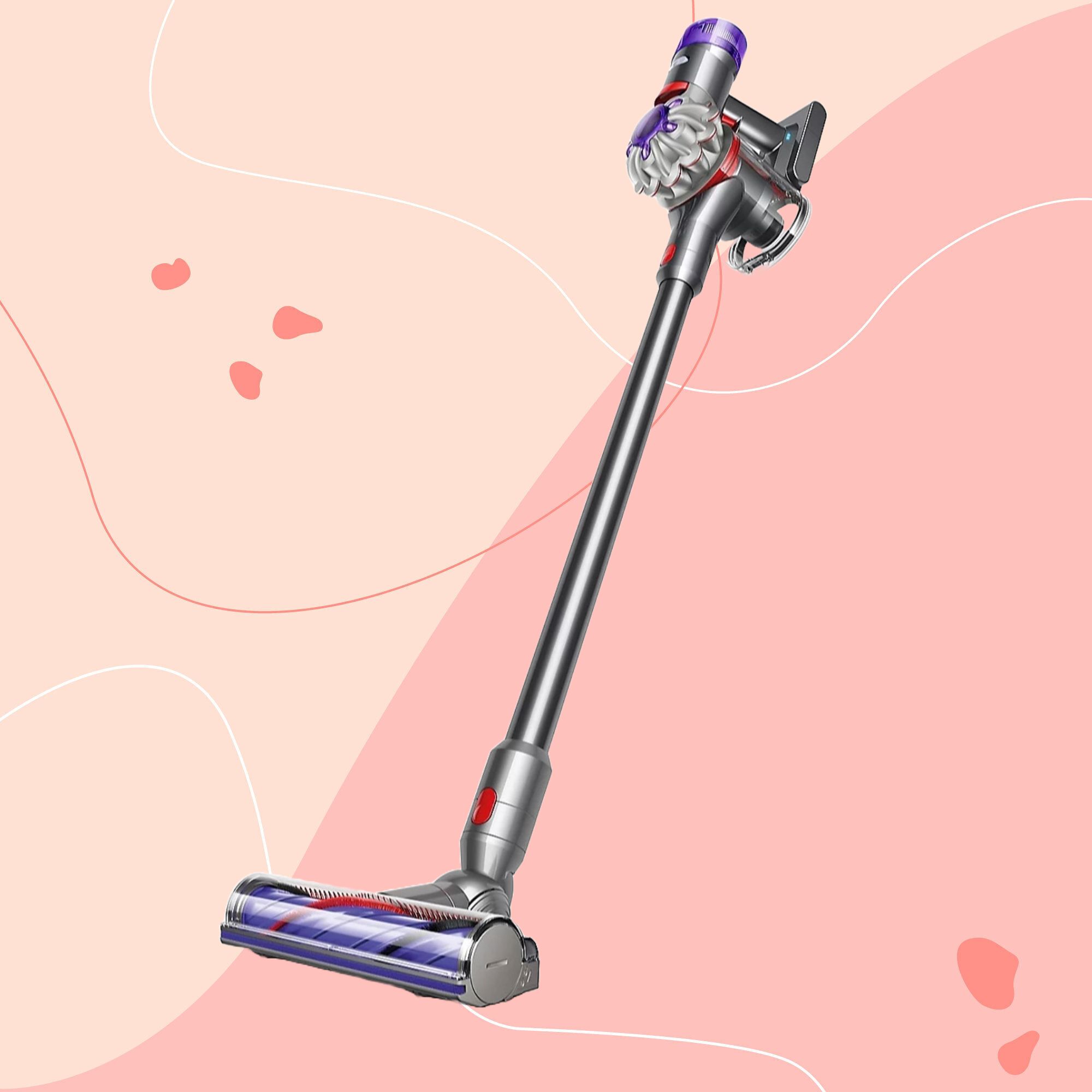 It’s normally impossible to find a Dyson vacuum for under £250 — but QVC has slashed the price of their bestselling models for a limited time
It’s normally impossible to find a Dyson vacuum for under £250 — but QVC has slashed the price of their bestselling models for a limited timeRun don’t walk to pick up the brand’s bestselling model for under £230 before it sells out
By Lauren Bradbury
-
 Catherine Zeta-Jones has revealed the cleaning product she swears by to keep her home fresh - and it’s just £8 on Amazon
Catherine Zeta-Jones has revealed the cleaning product she swears by to keep her home fresh - and it’s just £8 on Amazon'I use it on my counters. I use it on my walls. I use it on my doors. When I smell it, I know my house is clean.'
By Kezia Reynolds
-
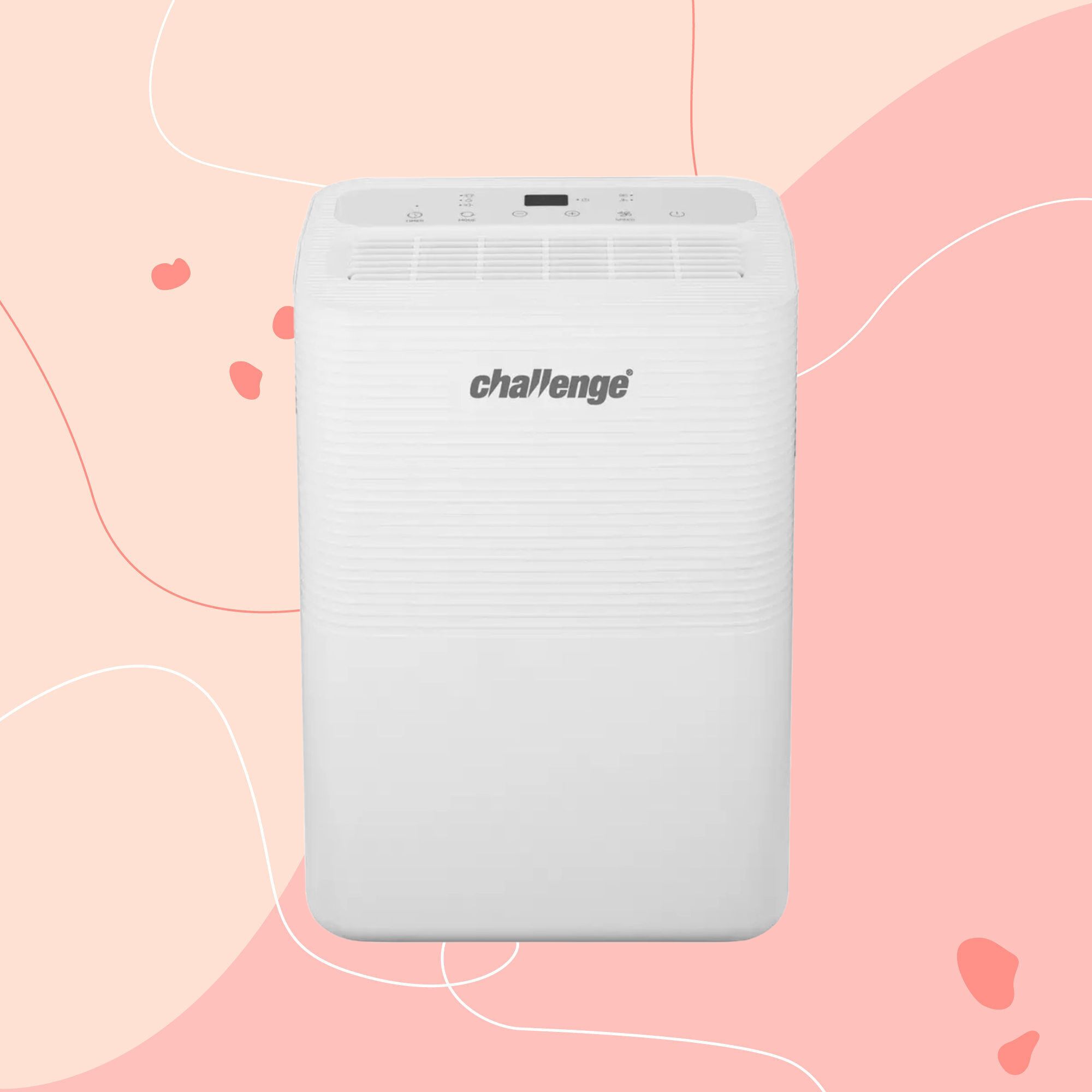 I tested the 12L Challenge dehumidifier in my damp Victorian home over winter — I haven’t spotted any signs of mould for the first time in five years
I tested the 12L Challenge dehumidifier in my damp Victorian home over winter — I haven’t spotted any signs of mould for the first time in five yearsThe Challenge 12L dehumidifier doesn’t have too many bells and whistles, but I can already see the difference it’s made to my damp home
By Lauren Bradbury
-
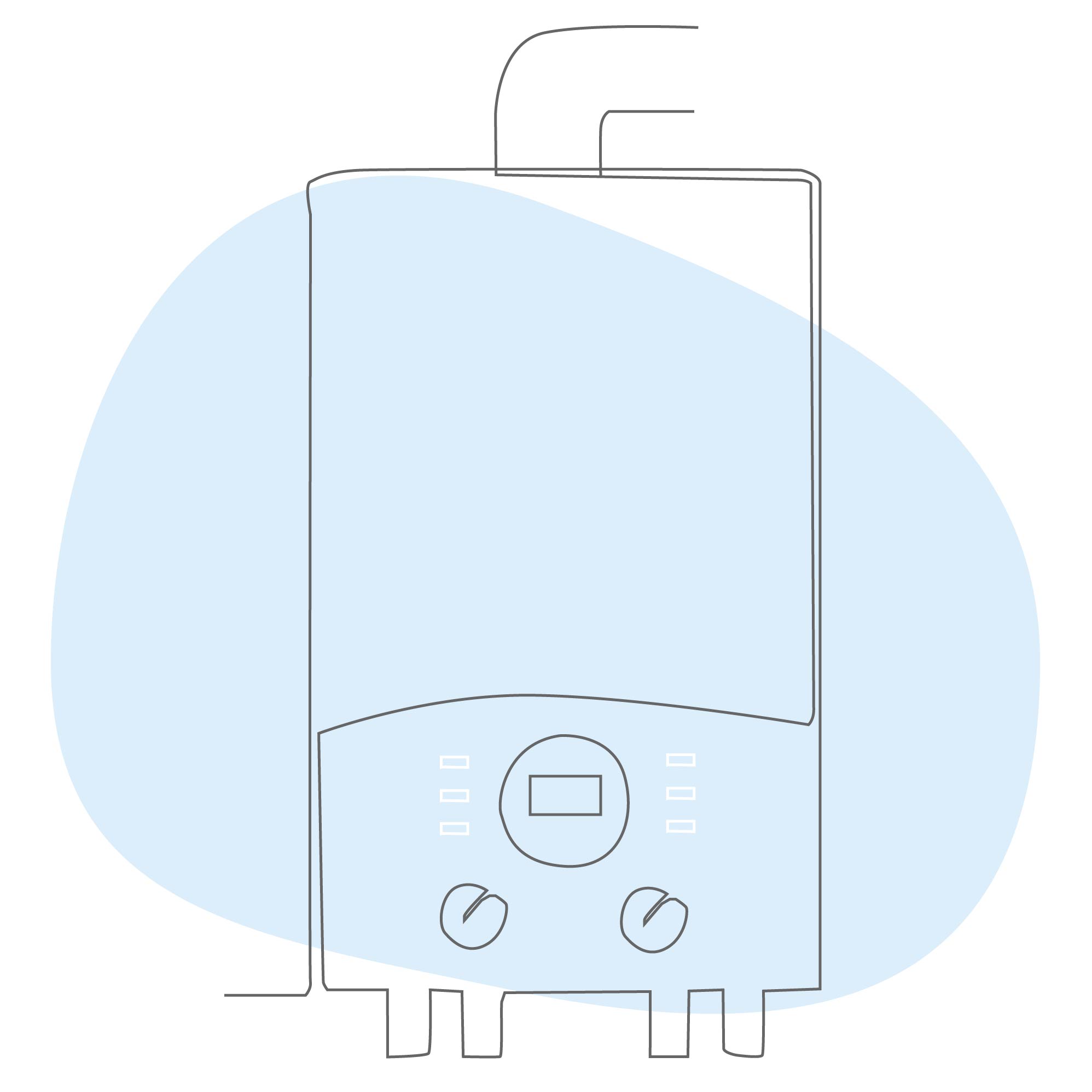 What is boiler flow temperature? Heating experts urge you to check yours now as you could be overpaying on your energy bills
What is boiler flow temperature? Heating experts urge you to check yours now as you could be overpaying on your energy billsTurning this little-known number down just a few degrees can result in some serious savings
By Lauren Bradbury
-
 Stacey Solomon has shared 5 nifty wardrobe storage hacks to make getting ready in the morning easier — and they're genius
Stacey Solomon has shared 5 nifty wardrobe storage hacks to make getting ready in the morning easier — and they're geniusThese five wardrobe storage hacks are a gamechanger
By Katie Sims
-
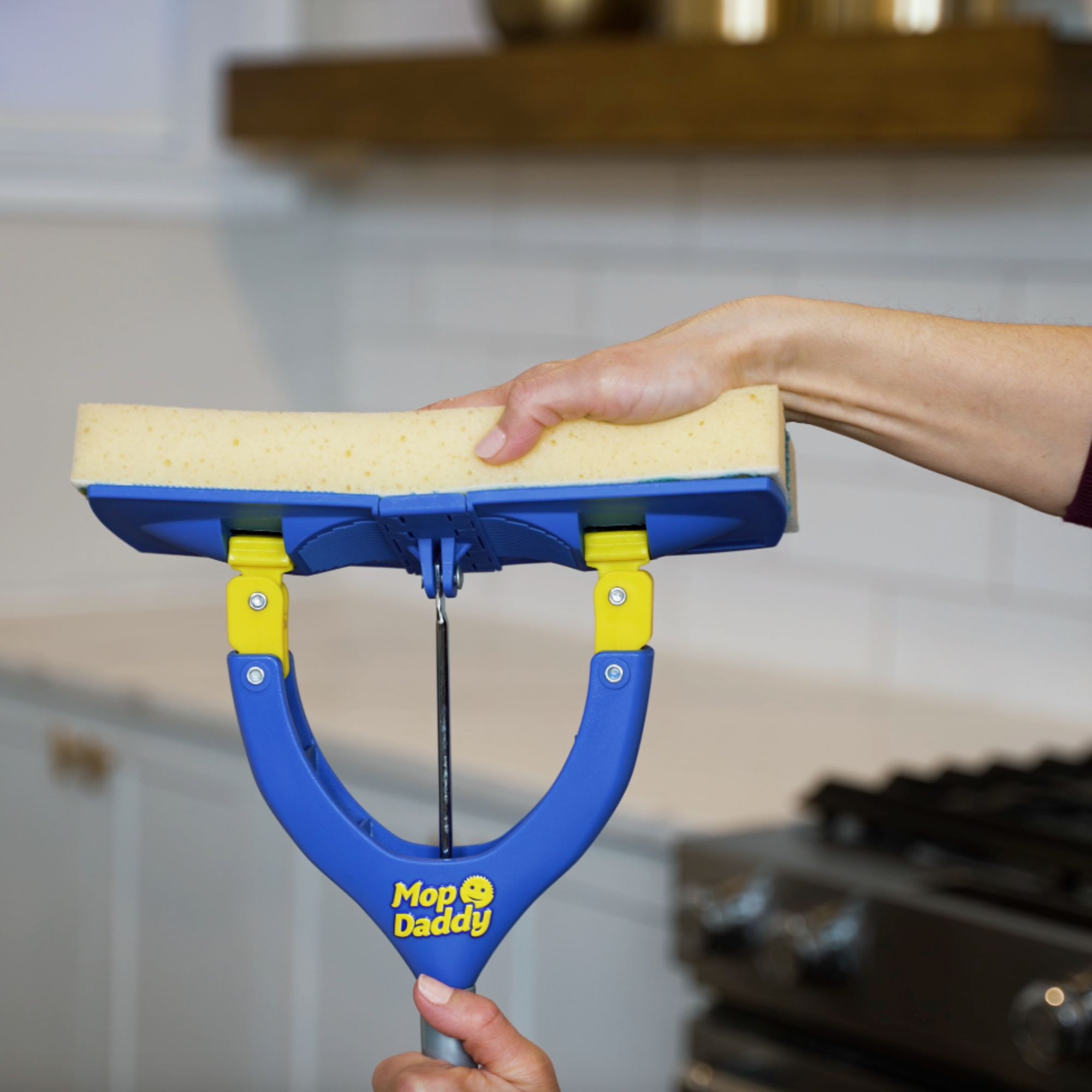 Cult cleaning brand Scrub Daddy has just launched a brand new butterfly mop — could it be the ultimate solution for banishing stubborn marks on your floor?
Cult cleaning brand Scrub Daddy has just launched a brand new butterfly mop — could it be the ultimate solution for banishing stubborn marks on your floor?We're obsessed with all things Scrub Daddy
By Kezia Reynolds
